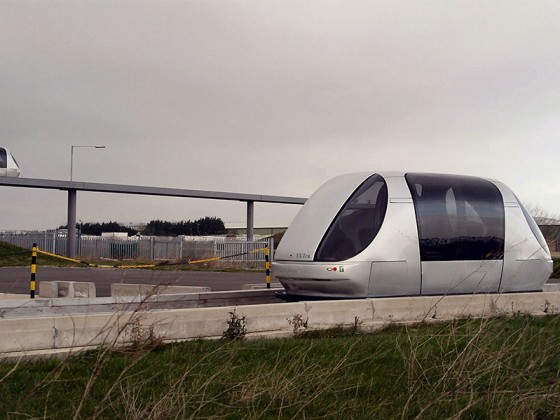by | Mohd Nurul Azammi & I.M. Nasir
Urban congestion, population growth and rising energy cost are fuelling the growth in the global demand of rail transportation.
The world population in 2011 is 7.0 billion and is expected to increase to around 9.2 billion in 2050 It has been a general trend since 2007 that more and more chose to live in towns and cities compared to rural areas. Therefore, the population is not only growing but also becoming increasingly concentrated in a few locations.
With the rise of total population, massive urbanisation, better household income and increase in economic activities, large concentrations of people can have a positive influence on future mobility. The OECD report on global transport outlook showed that mobility has increased three times globally.
The world economy is growing even more strongly than the world population, especially international trade in the China, India and other emerging economies. If the growth continues on its recent trajectory, it could account for more than half of global Gross Domestic Product (GDP), trade and investment, and enjoy widespread affluence by 2050. According to Deutsche Bank, the worldwide export of goods as a share of the worldwide production of goods has increased from about 10 to over 25 per cent.
The mobility of people and goods leads to the rapid increase of demand for transport services.
In rail transportation sector, China and India show sustained growth in both passengers and freight traffic. The growth of rail traffic is found to be much stronger in the emerging economies, while in countries such as the EU 15, US and Japan the growth is slower but stable. The general trend in rail transportation is that the growth in freight transport is much stronger than the passenger transport.










